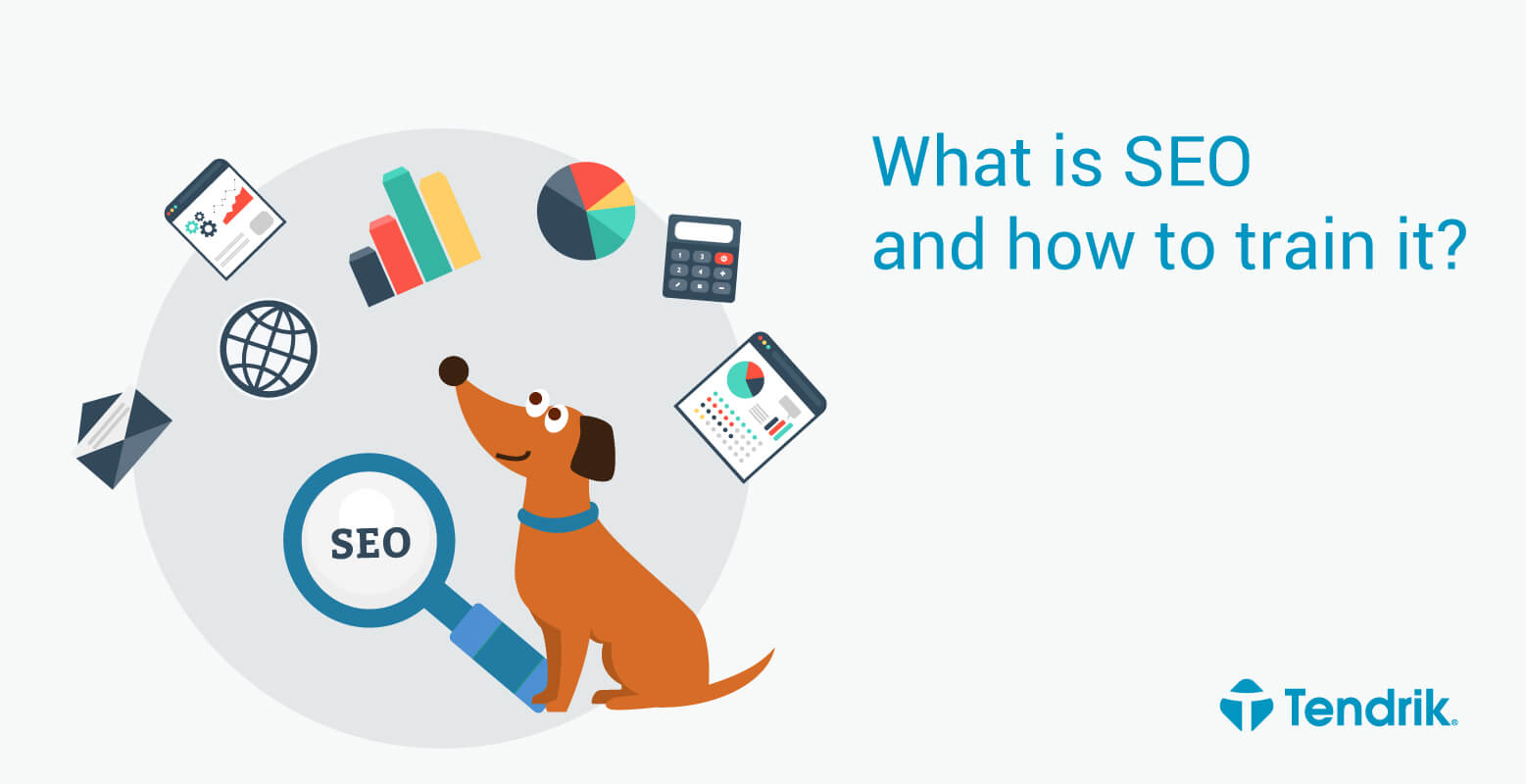Search engine optimization (a.k.a. SEO) is a determining factor for your website to appear in the top search results, as well as a widely used strategy in internet marketing. If you want to effectively optimize your web page, you should follow some main guidelines, which we’ve collected for you in the following article.
What is SEO?
The search engine optimization is a process rather than a one-time adjustment. Its main purpose is getting traffic from the so-called “organic” search results on different search engines (Google, Bing, Yahoo, etc). This purpose is achieved by optimizing a website (using different approaches like choosing a relevant website structure and information architecture, as well as a content management system, adding the website to different directory services, editing its content so that it is SEO friendly, participating in social media, etc).
What are search engines looking for?
The main purpose of search engines is to refer users to content that is most relevant to what they are actually looking for. In this reference, there are a few things to consider when creating/optimizing a website – content, performance, authority, established external links and overall user experience. Given the fact that search engines’ algorithms are very strict when it comes to penalizing websites that use disapproved SEO techniques (known as “black hat” SEO), it is a better idea to follow their guidelines and uses only approved SEO techniques (“white hat”). Otherwise, you risk your website’s rank to be reduced or your website’s listings to be completely eliminated from their databases.
SEO history
Website optimization began in the mid-1990s. This early optimization was rather simple – all you had to do was submit the website page to the search engines. They then sent a “spider” that “crawled” the website extracting links and keywords indexing the information found. Soon after the website owners started to understand the high value of their websites being visible in the search results and this led to different stages that search engine optimization went through up to its current form.
SEO for Google
Google is the biggest and most frequently used (especially in Europe) search engine so it is very important that your website is optimized according to Google’s requirements. The first (and most important) Google’s “preference” is high-quality content. That means that your first task should be making keyword research that will help you identify the ways to get more traffic to your website. Another feature that Google values are creating your website using simple techniques (like HTML & CSS). Other features you should have in mind when optimizing a website for Google should include improving the website’s structure on all levels, optimizing its content in terms of text, images, and heading tags as well as making effective use of Google website’s analysis techniques (Google Analytics), quality (Google Search Console) and promotion (Google Ads).

How to transform your website from “just good enough”to “great”?
When it comes to brand awareness (and that’s among the top aims of all businesses), mediocrity is not tolerated. If you want results, you should look for the best and not put up with less. A great website takes more than a good search engine optimization. The key elements of an effective website include:
- APPEARANCE – don’t ever forget that your website may be the first (if not the only) impression a potential client receives of your business. If it is attractive, it is more likely to keep your customer’s attention. According to Google a user should stay on your website for more than 10 seconds, otherwise the search engine would consider this website visit for irrelevant and this would increase your website bounce rate.
- CONTENT – while your website’s style is important in order to attract visitors, what will keep them engaged is the information they will find there. With the lack of salesmen and shop assistants, a regular shop has, your customers will heavily rely on the information you present in your website in order to make a decision.
- FUNCTIONALITY – even if your website looks great and has a lot of interesting information in it, it will still be useless if it has poorly constructed components like broken links, misspelling, etc. Moreover, it will ruin the good impression you just built in your customers with its great appearance and style.
- USABILITY – this is a key component of a great website. It includes simplicity, fast-loading pages, logical navigation, minimal mouse-scrolling, compatibility with different platforms and browsers, as well as responsive design for mobile devices and smartphones.
Conclusion
SEO and its methods have never been so dynamic. Your approach to search engine optimization is crucial for the way your customers see you as a business. Think about it more as a mean for building and managing your brand, instead of a tool to manipulate Google. Remember, your goal shouldn’t be just to rank at the top search results but to make sure that your clients are happy with what they find on your website.








